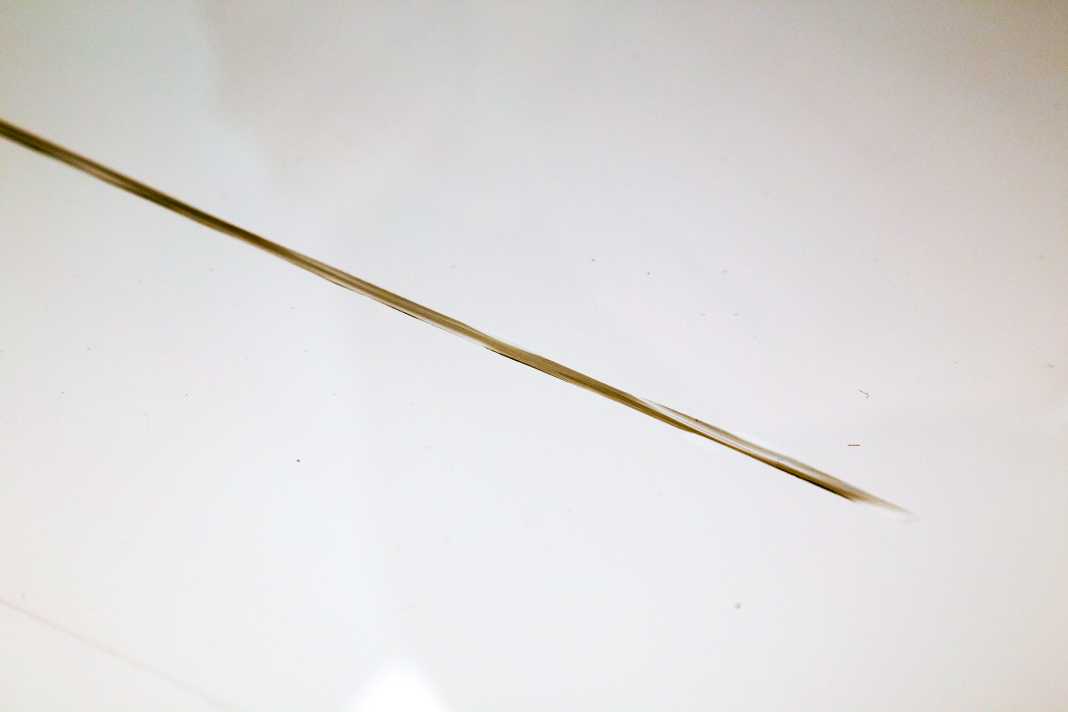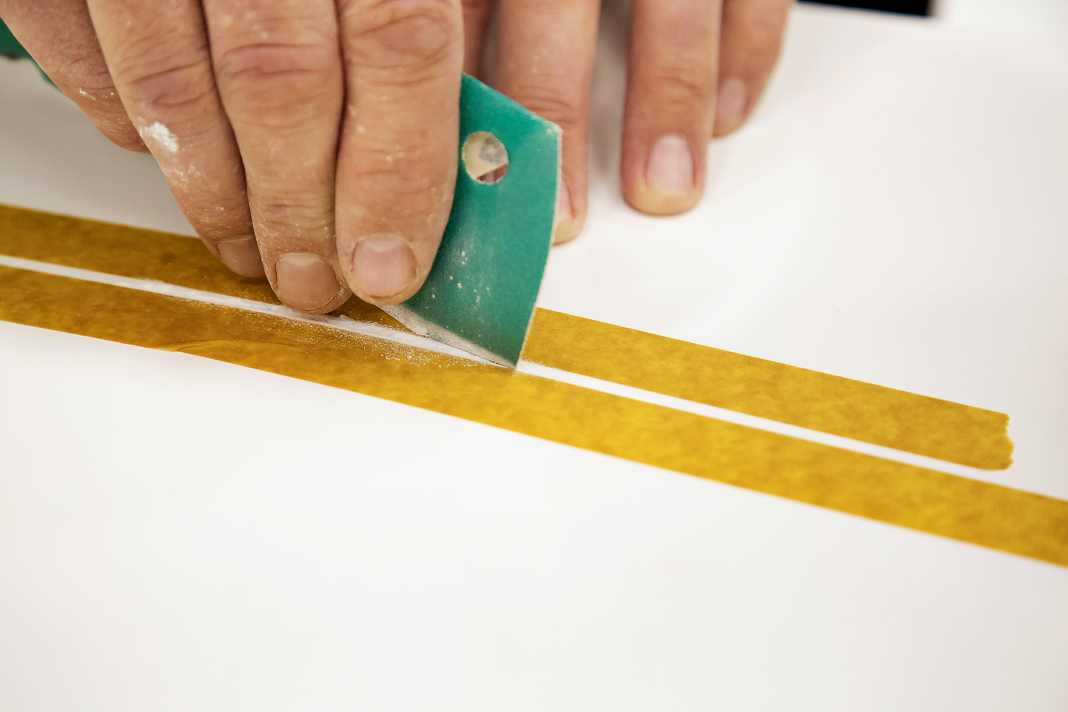
The metal-reinforced rubbing strake of your neighbour's jetty, a screw sticking out of the stern post or simply the winch handle slipping out of your hand - there are countless ways to damage the laminate-protecting gelcoat in a matter of seconds. Minor scratches are usually only a visual problem, but over the years the yacht accumulates more and more of these scars. In addition, there are mounting holes that are no longer used and cut-outs from old instruments.
The good thing about this is that the polyester fine layer can be repaired relatively easily. Although this involves sanding and polishing, with a little skill and luck in the choice of colour, nothing will be visible in the end.
Working with repair gelcoat
For a long time, repair gelcoat was the material of choice. It is similar to the material used to create the fine layer when building the boat. The problem with this is that the shipyard injects the gelcoat into the negative mould, where it hardens in the absence of air. To ensure that the surface reacts without sticking during repairs, it must be covered with a special Hostaphan film to prevent wrinkles. This is okay for scratches a few centimetres long, but the film quickly reaches its limits on spherical curves, and larger areas are also difficult to repair in this way.
However, the material, which is also available as a repair kit, can be reworked without intermediate sanding. This makes it easy to apply additional layers if the repair has collapsed during curing.
Working with repair gelcoat step by step






Working with gelcoat filler
The name gelcoat filler is somewhat misleading, strictly speaking it is a topcoat. Like a gelcoat, it consists of polyester resin. A special paraffin is added so that the surface also hardens in the air without sticking. This covers the surface during curing and provides the necessary airtight seal. In practice, this means that there is no need to handle Hostaphan film. However, the filler must be sanded when reworking, otherwise the paraffin acts as a release agent.
Working with gelcoat filler step by step






